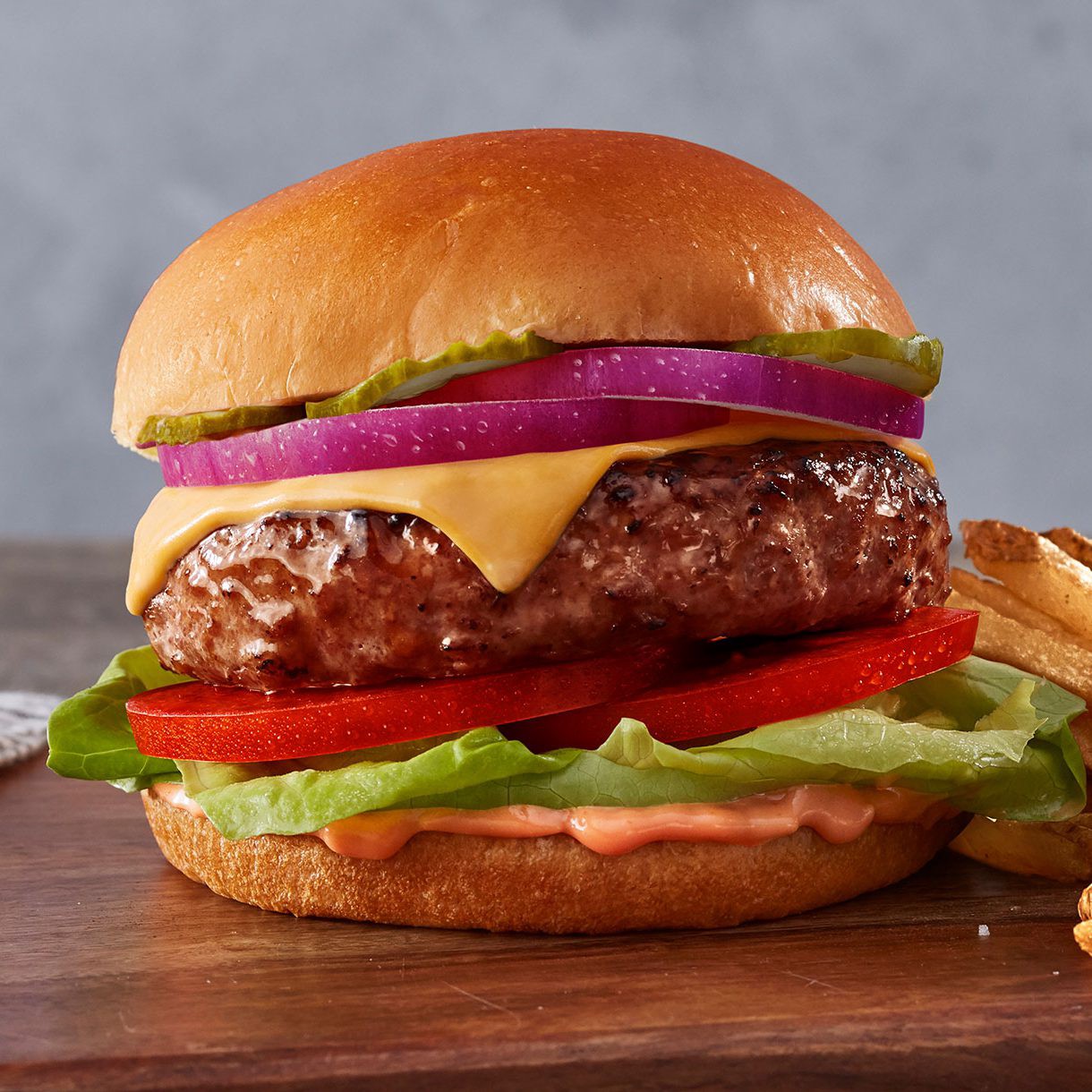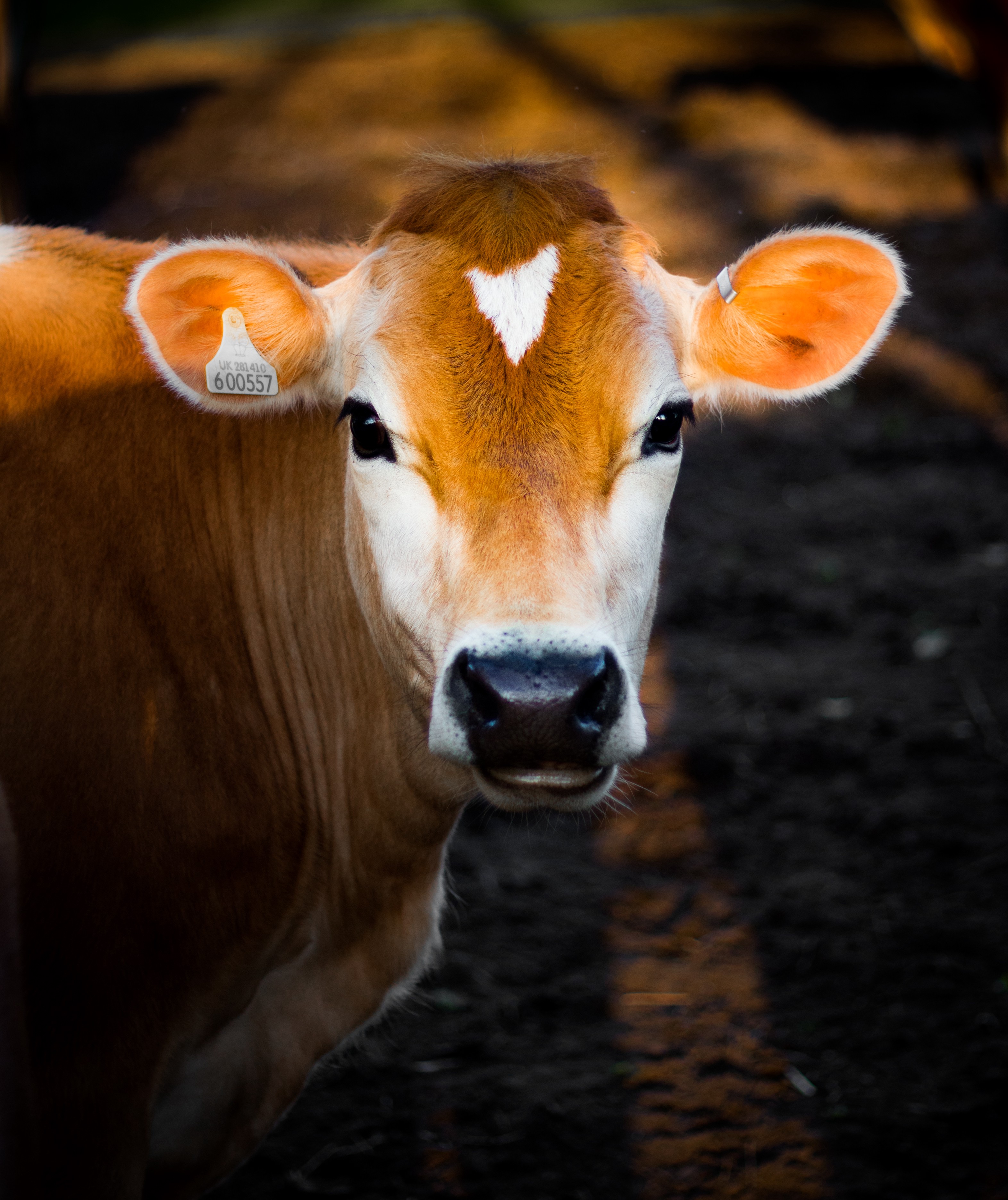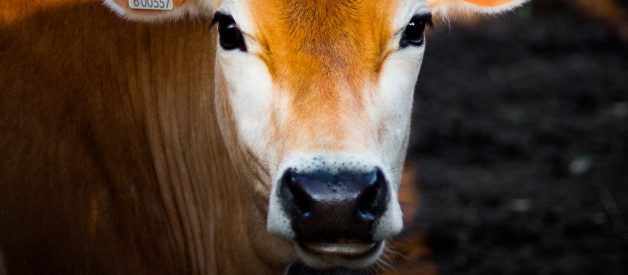The Beyond burger is plant-based, soy-free, gluten-free, and GMO-free. But is it healthy?
 100% plant based. From Beyond Meat.
100% plant based. From Beyond Meat.
Next-generation faux-meats have arrived. Plant-based ?meats? from pioneers Beyond Burger and Impossible Foods are flying off grills and grocery store shelves around the globe.
These burgers are nothing like their predecessors. They are so realistic that they make vegans, such as yours truly, squirm with discomfort.
They are also making ranchers squirm. After tasting an Impossible Whopper, Eric Bohl, Director of Public Affairs & Advocacy for Missouri Farm Bureau said:
? If farmers and ranchers think we can mock and dismiss these products as a passing fad, we?re kidding ourselves. This is not just another disgusting tofu burger that only a dedicated hippie could convince himself to eat. It?s 95 percent of the way there, and the recipe is likely to only get better. Farmers and ranchers need to take notice and get ready to compete. I?ve tasted it with my own mouth, and this fake meat is ready for prime time. ?
Clearly, the demand for these products reaches far beyond the current vegetarian and vegan communities. Indeed, Beyond Meat?s IPO exceeded the wildest of plant-based expectations, with a stock rise of 163% on day one and a valuation of nearly $4 billion USD. It appears the meatless revolution is just getting started.
Let?s take a hard look at what Wall Street darling?s Beyond Burger can, and cannot, deliver.
Environment, resources and animal welfare
 Photo by Luke Stackpoole on Unsplash
Photo by Luke Stackpoole on Unsplash
While we can argue over the exact numbers, it?s undeniable that eating lower on the food chain, and scaling back the world?s 1.5 billion population of cows would be a huge win for the planet.
Indeed, a recent New York Times article highlighted the disproportional toll that cows are taking on its health. Livestock account for around 7 gigatons of greenhouse gasses (CO2 equivalents) each year, according to a lifecycle analysis by the Intergovernmental Panel on Climate Change (IPCC). To put this in perspective, direct emissions from transport (road, air, rail and maritime) account for 6.9 gigatons per year.
Beyond Meat?s lifecycle analysis, executed by the University of Michigan, compared the Beyond Burger to a standard quarter pounder. Beyond Burgers required 99% less water, 93% less land use, 90% fewer greenhouse gasses, and 46% less energy.
The animal welfare impact is equally undeniable. The world average beef consumption is around 100 pounds (40kg). The US and Canada are far above average, nearly doubling this. For more beef stats, check out this beef2live and this article on American meat consumption (it?s shockingly high!).
Ingredients, nutrition & health
Winding our way through ingredients and nutrition, we?ll work our way towards the billion dollar question:
Is the Beyond Burger healthier than its muse?
Ingredients
The Beyond Burger is soy free, gluten-free and GMO-free. What is in it?
The Beyond Burger?s four main ingredients are: water, pea protein, canola oil, and coconut oil. They contain smaller amounts of potato starch, natural flavour, yeast extract, and beet juice extract.
Meat advocates argue that beef is superior because it only contains one ingredient: beef.
This argument is attractive in its simplicity, but is not logically sound. Is a one-ingredient smoothie healthier than a three ingredient smoothie? Are pancakes with three ingredients better for you than those with six ingredients? Is pure palm oil better for you than a mixture of olive oil and canola oil? I could go on? The bottom line is that it?s not the number of ingredients that matters, it?s the nutritional quality of each, and the whole package, that matters.
Furthermore, while ?beef? is a single food, it contains many ?ingredients? including a slew of different proteins, fats, minerals and vitamins.
Nutrition
Beyond Burgers are remarkably similar to beef burgers not only in their taste but also in their nutritional profile ? though there are a few notable differences (see Appendix for numbers). This is both good news and bad news for Beyond Burger fans.
Bad and uncertain news
Like beef, Beyond Burgers (1.0) are calorie dense (270 calories) and relatively low in fiber (3 grams). There is nothing inherently evil about calories, but calorie-dense, low fiber foods tend to be easier to overeat. Just imagine trying to eat 500 calories of beans or broccoli, versus chowing down on a fully dressed Beyond Burger. It?s worth noting that the calories (and sodium) really only get crazy when you dress up your patty with cheese, sauces, and a bun (not to mention a drink and fries).
Perhaps the biggest liability of Beyond Burgers are their high content of saturated fats (though still lower than beef). The health implications of saturated fats are hotly debated, in part because of the many layers of complexity: the type of saturated fat, the nutritional swap, and the individual, all play into the equation.
Saturated fats?so what? One camp argues vehemently that swapping saturated fats for unsaturated fats (especially polyunsaturated) is a health plus (see this review), while others point out that results across studies are inconsistent (see this review). To complicate matters, the saturated fats in the Beyond Burger come from coconut oil, which contains a mix of fats including some medium-chain triglycerides. The health consequences of this difference are uncertain.
Another knock against Beyond Burgers is that they contain more sodium than their muse. Should you be alarmed?
Sodium?so what? At 380 mg per patty, Beyond Burgers contain about 300 mg more than a typical beef patty. However, this is hardly a dangerous level. It would take four patties to hit my daily minimum and 6 patties to exceed my daily max (see US sodium guidelines). The reality is that, when it comes to sodium, it?s the rest of the burger ? and meal ? that kills you. A standard Beyond Burger at A&W punches in at 1,100 mg of sodium ? of which only one third is from the patty!
The last bit of bad news is that, unlike Impossible Foods, Beyond Meat has not made an effort to match all of the minerals that meat provides, notably zinc and vitamin B12. I suspect this shortfall will be addressed in the future. In the meantime, those swapping out beef for Beyond Burgers can easily be get their zinc and B12 in other ways (see below):
Got B12 and zinc?! Vegan are advised to take a B12 supplement or drink fortified non-dairy milks. Zinc can be readily obtained from a multivitamin or by choosing your plants strategically (hooray for oatmeal, tofu, legumes, and nuts!). Learn more here about plant-based sources of zinc.
Good News
Now for the good news. Beyond Burgers, like beef, are an excellent protein source, and are also low-carb (carbs are not in vogue right now, in case you haven?t heard). Read more about protein quality below:
Protein Quality: Beyond Burgers use split peas as their main protein source. Split peas have an excellent balance of the nine essential amino acids. This diet-agnostic website, provides amino acid completeness scores, and gives split peas a score of 100 but ground beef a score of 75! One more nail in the coffin of the myth that plant-based proteins are incomplete (Read More). Plant-based proteins tend to be less bioavailable, but the difference is unlikely to be meaningful given that most North Americans are far overshooting their protein requirements.!
In addition, Beyond Burgers, like beef, are a great source of iron. While the raw numbers suggest an advantage for the Beyond Burger (30% vs 15% of daily needs), the absorbed iron is about the same because non-heme iron (from plants) has lower bioavailability than heme iron (animal products).
Iron Fun Fact: The lower your iron stores, the more your body absorbs! Vegetarians are advised to make up for the lower bioavailability of plant-based (non-heme) iron by consuming more iron ? about 1.8 times more ? according to the US National Academies of Science
A third piece of potential good news is that Beyond Burgers don?t contain any trans fats, whereas a high-fat beef burger contains between 1?2 grams. This is about as high as you can get without breaking legal trans fat limits. I call this potentially good news because the types of trans fats found in beef differ from the industrially made variety that have been outlawed in many countries (learn more here).
Trans fats?so what? While there is no doubt about the health risks of industrially produced trans fats such as the partially hydrogenated oils that were previously used in margerine, the jury is still out on ?ruminant? trans fats ? the ones made by bacteria in the stomach of cows and other ruminants. Ruminant trans fats are found at non-trivial levels in fatty dairy, beef, and lamb. The World Health Organization, Health Canada, USDA, and others, are taking a cautious stance and not giving ruminant trans fats a pass in their recommended limits (2 grams per day, lower is better).(WHO draft guidelines)
 Photo by Zac Cain on Unsplash
Photo by Zac Cain on Unsplash
Let?s talk about the c word ? cancer. One of the hazards of red meat is that, under certain conditions (such as when cooked using a high heat barbeque), dangerous chemicals can form, including: heterocyclic amines (HCAs), polyaromatic hydrocarbons (PAHs). This risk does not exist with plant-based burgers. This is not to say that all red meat meats cause cancer under all conditions, simply that there is zero risk elevation with the plant-based option. Learn more on at cancer.gov.
Carcinogenic risk? No thanks. Let?s fearlessly fire up the barbie and cook up some meat 2.0!
Last, but not least, comes public health.
A shift away from beef (and other livestock) could provide substantial benefits to public health by stemming the rising tide of antibiotic-resistant bacteria, and reducing food-borne illness outbreaks. While there are shifts underway to minimize antibiotic use in the United States and elsewhere, modest antibiotic use is inevitable for animals living in very close quarters.
AMR is ranked as one of the World Health Organization?s top 10 threats to global health. It threatens to send the world back to an era when people died from infectious diseases that we now cure thanks to antibiotics (such as pneumonia, tuberculosis, and sepsis).
Animals raised for meat play a profound role in antibiotic use. In the United States, roughly 80% of the nation?s annual antimicrobial consumption is fed to livestock. Antibiotic resistant (and pathogenic) bugs of animal origin can be transmitted to humans through the environment (e.g. contaminated water), food products, and to agricultural workers by direct contact. (Learn more here about global AMR crisis and usage patterns)
When it comes to food-borne illness and livestock, the scale of the problem is far less, but still noteworthy. Plant-based meats have a far lower risk of contamination from pathogenic gut bacteria (such as E. coli) ? to the point that Impossible (with very similar ingredients to Beyond) let me sample their meat raw!
The Bottom Line
Given the massive potential environmental and animal welfare benefits, any health benefits of choosing plant-based ?meats? over beef are icing on the cake.
Meat 2.0 has the potential to revolutionize the health of our planet. Will it revolutionize the health of its inhabitants too? Unlikely.
The last thing I want to do is overpromise what plant-based meat alternatives will deliver. While Beyond Burgers come out ahead of beef burgers on several fronts, the differences are relatively small and we don?t know enough about the relationship between diet and disease to predict the health implications. Furthermore, in most cases, the burger patty is just part of the meal, so the differences are further muted. My guess is that these small benefits could meaningfully add up for burger devotees, but are unlikely to register for burger dabblers.
I think it?s also important to be aware that these plant-based burgers don?t replace good old fashioned veggies on your plate ? just as french fries or potato chips don?t. They don?t offer the intact fiber, nor the full set of vitamins, minerals, and phyochemicals that intact plants offer.
I look forward to seeing how Beyond Meat and others continue to innovate in this exciting space, and whether they can provide an even better health profile while maintaining their existing advantages: environmental, animal welfare, and public health.
To see how the Impossible Burger compares to beef, check out this article!
My Beyond Meat experience
I initially found Beyond Meat?s products to be a bit too realistic, but they are growing on me. My husband, on the other hand is thrilled to have ?meat? back in his diet. The reality is that neither of us are the target audience- these burgers are geared squarely towards omnivores who want the decadent taste and aromas of meat.
I?ll be sticking to a rainbow of whole legumes (including fearlessly embracing soy) as my protein powerhouses, while indulging in the odd Beyond Burger (or Impossible Burger!), alongside a massive salad.
About Me
I am formally trained in human genetics (PhD) and spent the first decade of my career working in cancer research, drug development, and personalized medicine.
This new chapter of my career is dedicated to helping others live their healthiest lives, using an evidence-based paradigm. I strongly advocate for a plant-rich diet and love helping others to become #plantsmart. My research has allowed me to fearlessly enjoy soy, gluten, and genetically modified foods.
For more nutritional insights ? and healthy, simple, recipes ? check out my website (Fueled by Science).
Appendix
 Beyond Burger (Grocery store version) vs Hamburger (Kirkland brand). Patty only.
Beyond Burger (Grocery store version) vs Hamburger (Kirkland brand). Patty only.


